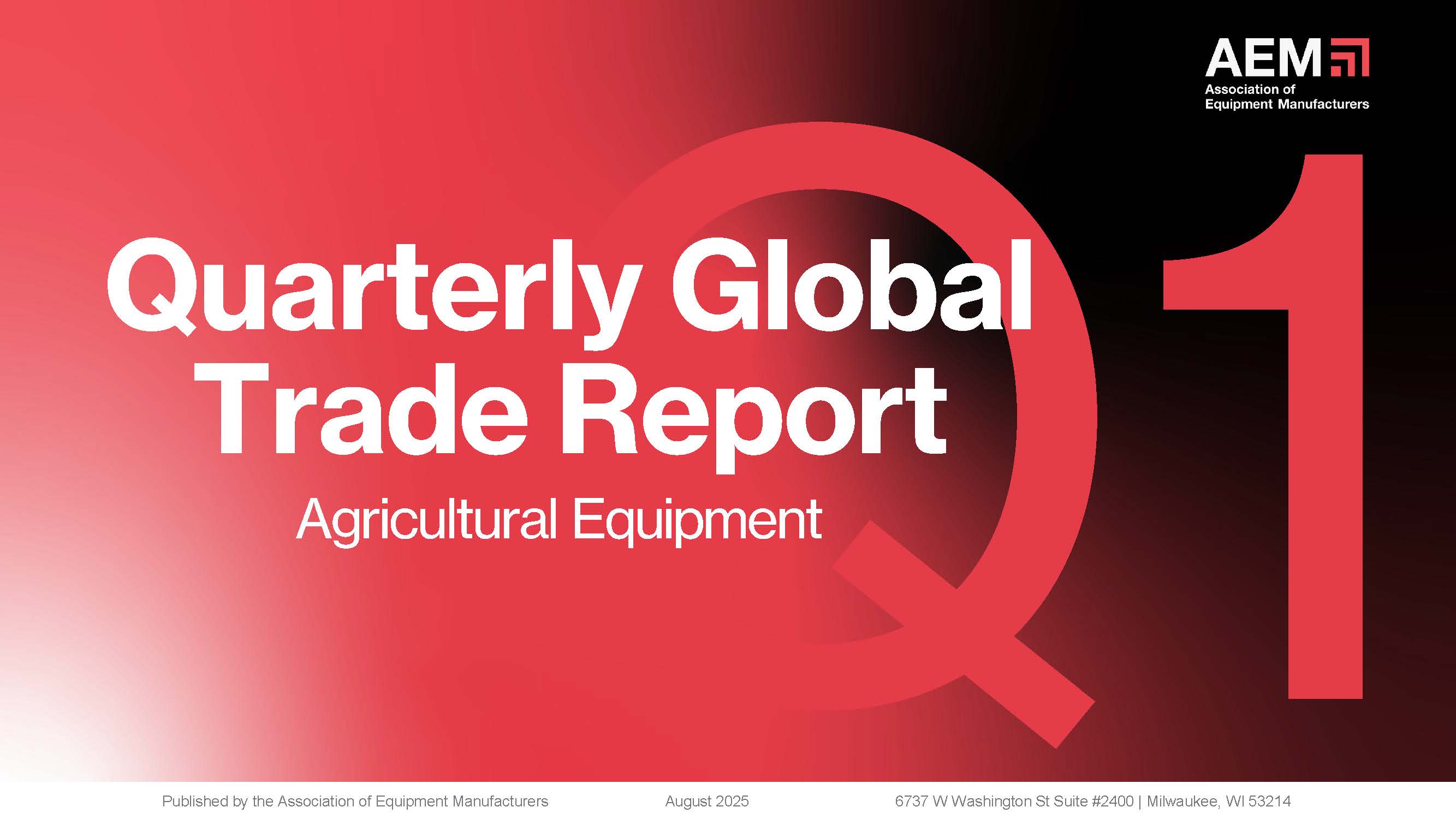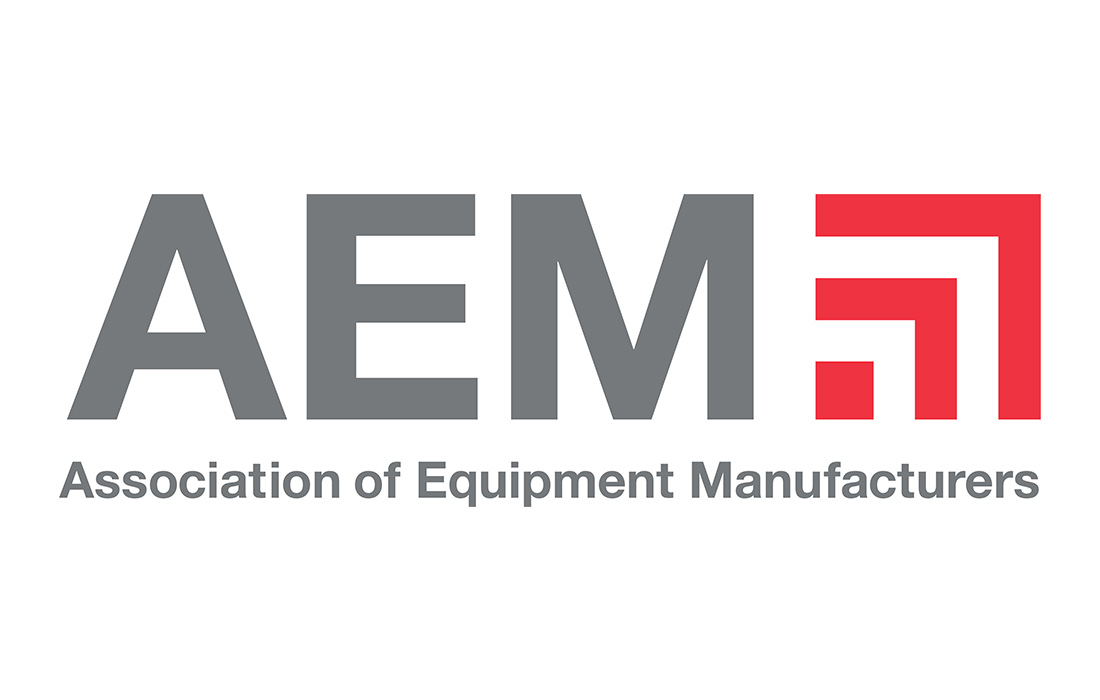By Danny Gavin, AEM Communications Coordinator --
Over half of U.S. remote-capable employees expect and even prefer hybrid work in today’s working environment, leading to cultural challenges, according to a 2025 workplace study. As employees continue to feel disconnected from their work, and from the core values of their respective organizations, it’s more important than ever that employers build a strong corporate culture to encourage tight-knit teams with clear expectations.
Any successful employer knows that talented employees are the building blocks to a successful operation – but many forget that cultural values are the glue that holds solid teams together.
“Individuals do matter – obviously, you need to have good pieces to make a good team,” said Eric Frohardt, former Navy SEAL and keynote speaker at the 2025 AEM Product Safety & Stewardship Conference. “But as important as the individual is, the team and the shared mindset always makes more of an impact.”
The True Importance of Organizational Culture
Defining organizational culture can vary from one source to the next. Some define culture as shared values, collective behaviors, or informal standards for employee behavior. Regardless of the exact definition, it’s widely understood that organizational culture is an invisible guiding force that shapes an organization.
A positive corporate culture that centers collaboration, adaptability, and open communication can deeply impact an organization’s success in many ways, but particularly in the following three:
- Improved employee retention and engagement. Organizations that focus on building a positive culture are able to unite employees with a common goal, and the strong relationships that form as a result are the foundation for trust, support, and meaningful work.
- Ability to navigate uncertainty. Organizations that prioritize adaptability and communication are better able to navigate rough waters. Uncertainty is a part of any operation, and being able to work through it is crucial in today’s working environment. “In any operation, whether it’s a Navy operation or a business operation, there is always an element of uncertainty. It’s important to be flexible when things don’t go according to plan,” said Frohardt. “As a member of a team, and as a leader of a team, it’s key that you evaluate how good you are, or how good your team is, at managing uncertainty or changes in plans.
- Strong brand identity and reputation. If organizations want to attract top talent, they need to differentiate themselves. In today’s crowded job marketplace, employers can differentiate themselves with a distinctive corporate culture. Even companies that focus on hiring top talent can fail to retain employees, or fail to hit performance metrics, if they don’t have a strong culture.
But say these values fall by the wayside – the pitfalls of dysfunctional culture are just as impactful. When a disconnect occurs between stated values and real behavior, employees are sure to become disillusioned with their employees and less engaged. Encouraging competition over collaboration can lead to a lack of communication, de-prioritization of innovation, and reduced problem-solving capabilities.
“The hardest problems usually can’t be solved alone,” said Frohardt. “No matter the setting, a united group with different strengths and perspectives can tackle even the largest of problems.”
Want to learn more? Participate in AEM’s open Workforce Development Committee Meetings to gain workforce insights and access to expert-led presentations.
Building Culture Up, One Step at a Time
Culture isn’t something that can be formed, or fixed for that matter, overnight. But companies can start by taking a few key steps towards creating, or solidifying, their desired environment:
- Define core values. Leaders should ask themselves how they want their employees to behave, and if their core values align with their vision for the future. What core values are most important? How can these values be made known throughout an organization?
- Be authentic. How can any organization expect buy-in from employees if they don’t truly believe that their employer is committed to their stated values? Leaders must model organizational culture and champion core values – change starts at the top. But, that’s not to say that it’s not important whether or not other team members model positive behavior. “Throughout my life, I’ve noticed that every team has talented members, but great teams have great leadership. Great leadership doesn’t always just focus on a boss – individuals modeling positive behaviors within a team makes all the difference,” said Frohardt.
- Communicate. An organizational transformation can’t happen without input from all levels of an organization. Encourage employee input, and give employees a forum to share ideas, concerns, and feedback.
Many organizations use employee surveys as a tool to gather input. However, assessing if changes are actually being made as a result is equally important. Make sure employees feel safe when voicing constructive feedback.
Why Continuous Improvement is Key to Building Culture
Culture isn’t static, something that can be implemented and then left alone. Continue to model behaviors, create forums for feedback, and recognize employees that are embodying positive values.
Organizations can’t expect to attract incoming talent to backfill a growing number of retiring Baby Boomers without differentiating themselves from competitors through avenues like positive organizational culture. They also can’t expect current employees to stick around if culture is lacking, as job mobility continues to increase in the digital era.
As younger generations enter the workforce, expectations for employers are changing rapidly, and it’s likely that cultural challenges due to online working arrangements will continue. To mitigate these challenges, it’s important that employers create a positive culture in the first place, along with consistently reminding employees of core values by integrating them into every facet of an organization.
While building or changing culture can seem like quite a feat, it’s absolutely essential that organizations start today. It's no small task, but it’s a crucial one for organizations that want to attract top talent, optimize their current teams, and navigate the uncertain business environment of the future.





